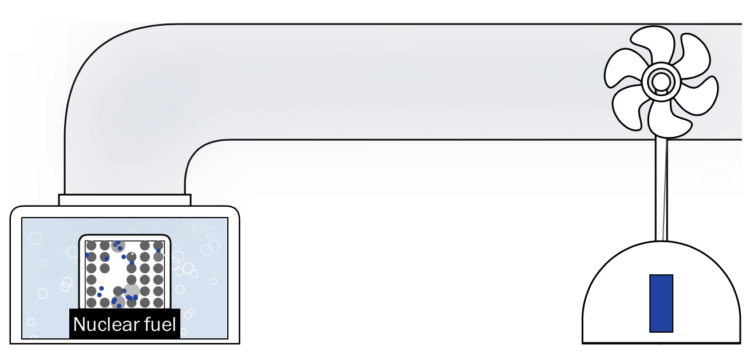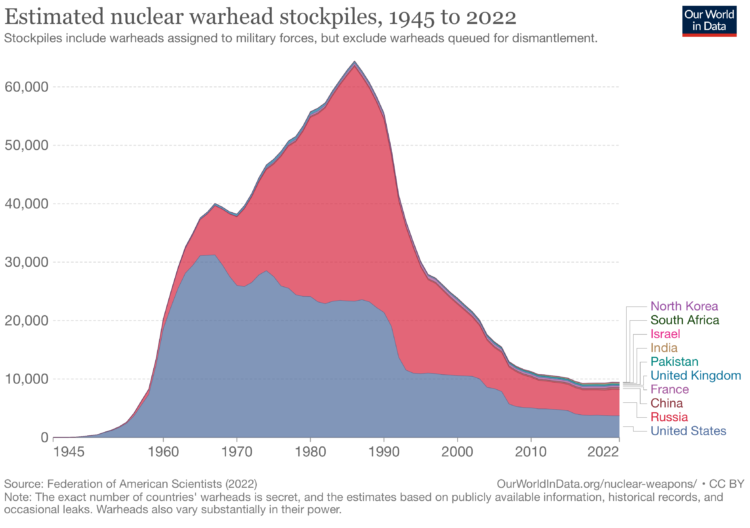
Nuclear energy has bad memories linked to it, which tends to draw fear from the general public. Harry Stevens, for The Washington Post, explains why some feel the fear is unwarranted:
This explanation vastly oversimplifies a great deal of sophisticated engineering. However, the basic concept of a steam-powered electricity plant had been worked out by the late 1800s. “The only thing the 20th century gave us was a new way to make steam by heating it with nuclear fission,” said James Mahaffey, a retired nuclear engineer who has written several books on nuclear energy.
The piece includes cartoon circles with eyes to describe a fission chain reaction. Classic Stevens. Stevens should include cartoon eyes in every piece he makes for his own bit of branding.
Tags: branding, nuclear, Washington Post

